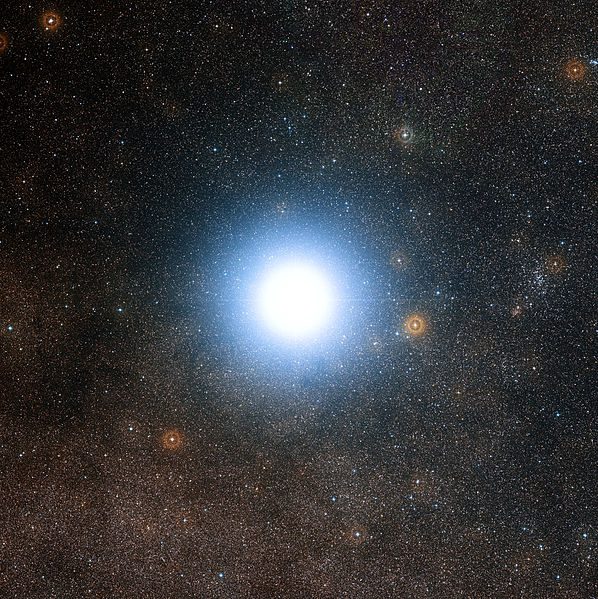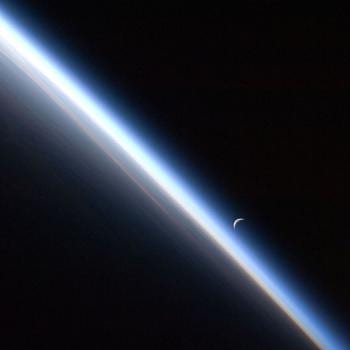
Among the most interesting living writers on religion and science is the Israeli-American Gerald L. Schroeder, an Orthodox Jew who earned his B.Sc., his M.Sc., and his Ph.D. in nuclear physics and in earth and planetary sciences at the Massachusetts Institute of Technology (MIT). He teaches currently at the College of Jewish Studies, in Jerusalem.
Here, from his book God According to God: A Scientist Discovers We’ve Been Wrong About God All Along (New York: HarperOne, 2009), is the first part of a passage about carbon, but also about our rather special location in a quite congenial galaxy:
The significance of carbon in life cannot be overstated. It accounts for half the dry weight of our bodies. Carbon along with oxygen, nitrogen, calcium, potassium, iron, and a multitude of other life-essential elements are dependent upon star formation and explosive death (supernovae). As such, they are not distributed uniformly throughout our universe and not even uniformly within a given galaxy. Galaxy type and position within a galaxy play a strong determining factor in the local metal content. The stars of elliptical galaxies are often first-generation stars, many being almost as old as the universe. As such, they are poor in heavy elements.
Globular clusters of stars are also typically metal-poor (“metal” is astronomers’ terminology for elements heavier than helium, that is, those elements formed within stellar furnaces). In addition, the dense packing of the stars within the cluster creates problems for life. Within a radius of 10 to 15 light-years (one light-year, the distance travels in one year, is approximately 9.5 trillion kilometers; trillion in the American use, a million million), a cluster might contain in excess of a thousand stars. The same size sphere around our sun contains less than two dozen stars, with the nearest star, Alpha Centauri (actually a system of three stars locked in gravitational orbit) being 4.3 light-years (40 trillion kilometers) distant. The close proximity among stars in the clusters results in devastating local instabilities. Frequent nearby supernovae and other active sources of intense, sterilizing radiation along with stellar gravitational interactions perturbing planetary orbits spell death for nascent life struggling to gain a planetary foothold. Our star, the sun, is located in what might be termed as a stellar desert.
Collisions among galaxies, though not common at least from evidence within the visible universe, can result in what astronomers refer to as supernovae factories, with stellar explosions every few years. The gestation period for the development of complex animal life exceeded three billion years on earth. If this timing is typical, then the nearly continual onslaught of ruinous radiation associated with these stellar explosions would obviate the potential for advanced life. (63-64)
***
From the mysterious world of (most) matter:
“Hubble finds first galaxy in the local Universe without dark matter”
I’ve commented on related issues several times, including here:
“Materialism isn’t what it used to be”












